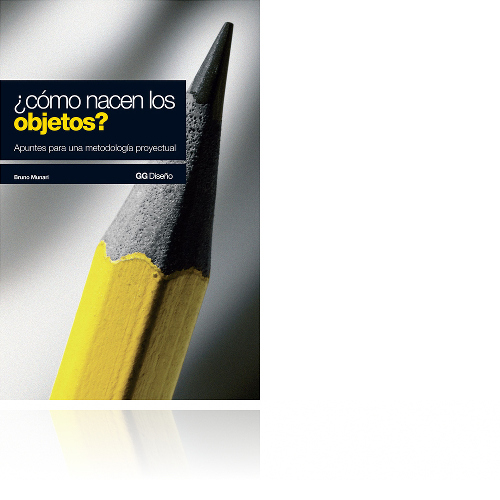25 years, 25 books: Da cosa nasce cosa
23 June 2015

Guided by the rigid and dogmatic Cartesian method, versatile designer Bruno Murani systematically analysed in 1981 designers’ process from the moment they address a functional problem until they devise a material solution. «Designing is easy when you know how to do it. Everything is easy when you know what to do to get to the solution of a problem», he said. Considering that any cookbook is a design methodology book, and taking a green rice recipe as an example, Munari placed problems at the origin of a linear design process. «The projective method –Munari explained– simply consists of a number of required operations, arranged in a logical order dictated by experience. His aim is to achieve maximum results with minimum effort». His book soon became a guide for a whole generation of designers and one of the key elements for the development and dissemination of projective culture in the late twentieth century.
Nevertheless the sequential processed proposed by Munari has finally given way to an iterative and cyclical journey that encourages learning and allows to correct errors in focus, Munari's book remains an essential reference on the origins of the design methodology.
#1
Bruno Munari, Da cosa nasce cosa. Appunti per una metodologia progettuale, Gius. Laterza e Figli Spa., Roma e Bari, 1981.
Spanish Edition: ¿Cómo nacen los objetos? Apuntes para una metodología proyectual, Editorial Gustavo Gili, Barcelona, 1983.
On the occasion of the 25th anniversary of ADN DESIGN (1990-2015), we want to share with the community of designers and with anyone interested in design, creativity and material culture, a series of commentaries on the books that have most influenced our reflections and our creations. "25 years, 25 books" is a passionate and intimate tour of texts that somehow have shaped our understanding and our way of doing design.
Labels: Events, Initiatives




